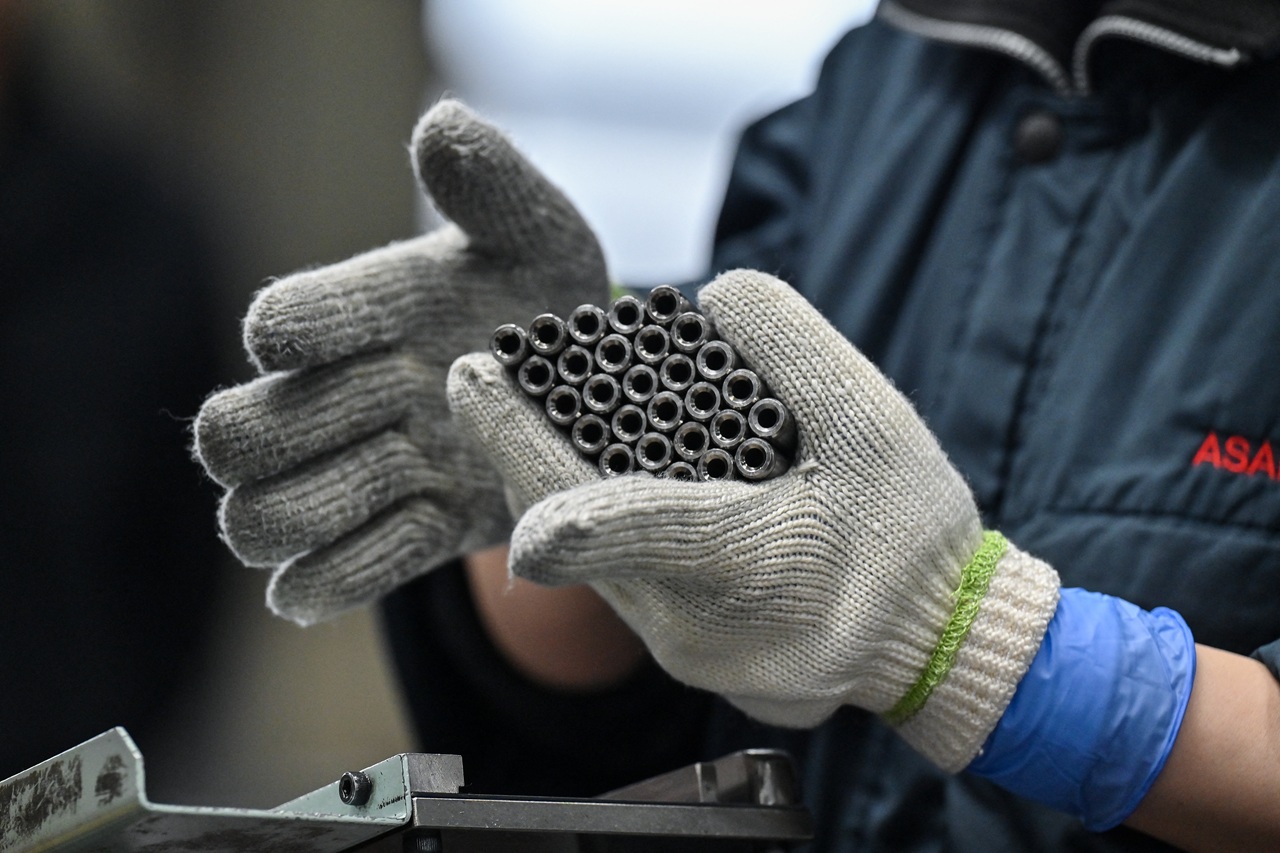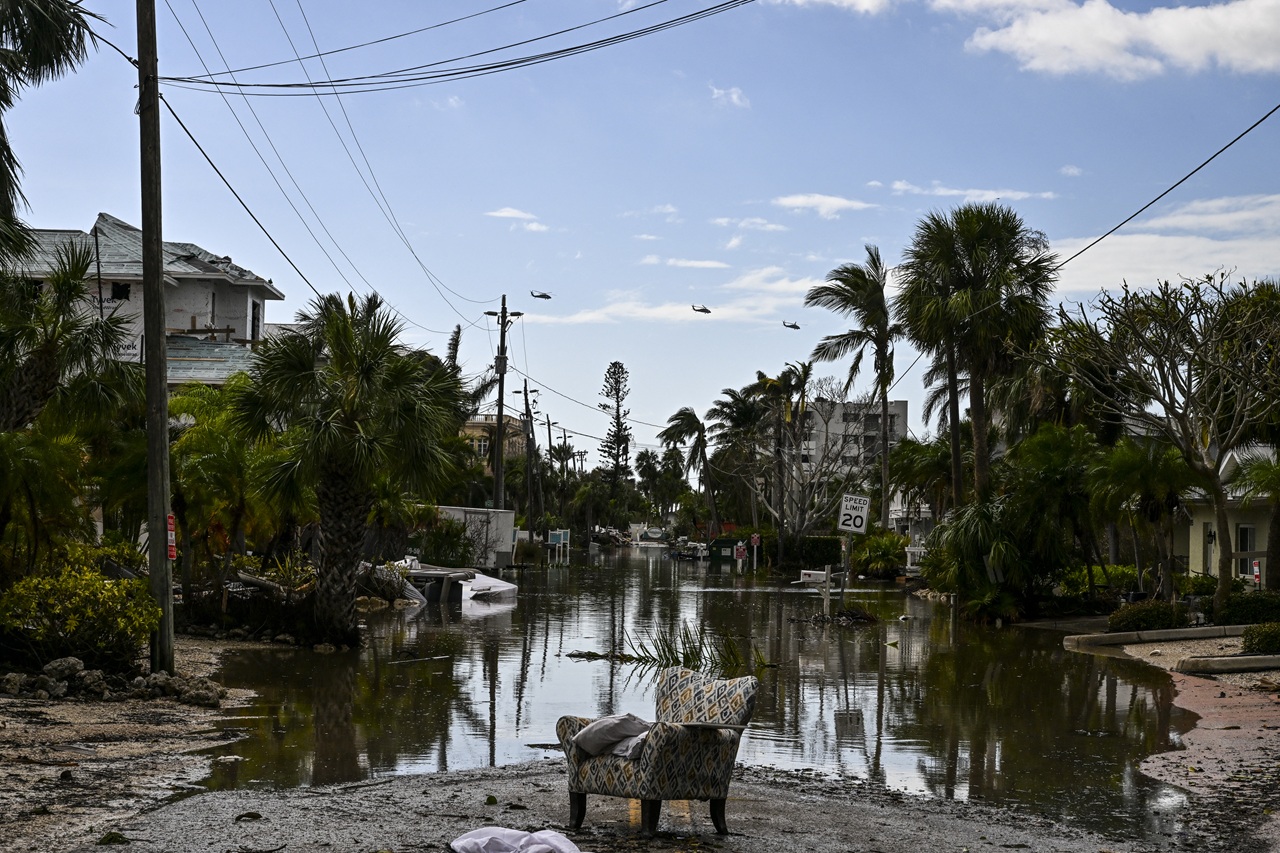
Instead of focusing on fear, take action in dangerous situations
"You can feel scared, but you don't need to feel helpless."
Last week, Gabrielle Giffords nailed it: "Three workplace active shooting attacks in just the last 24 hours should spark outrage in every American. No matter where you work, learn, play or live -- you have a right to feel safe, and I'm horrified that that's no longer the reality in America."
The former Arizona congresswoman was shot in the head while meeting with constituents outside a grocery store in 2011. She states the obvious, and it stings.
No matter your walk of life, chances are you don't feel 100 percent safe in your community and harbor at least a little fear that your schools, churches or movie theaters could be the next target of someone's indiscriminate rage.
But as Illinois police officer Andrew Mannino recently told an audience: "You can feel scared, but you don't need to feel helpless." Mannino spoke to about 30 people who gathered Aug. 30 at the police station where he works in Lake in the Hills, a small-town exurb 50 miles from downtown Chicago, for a course called "Civilian Response to Active-Shooter Events."
Throughout the free two-hour training, Mannino shared gun-shooting statistics and explained how deaths at Columbine High School in 1999 could have been prevented with proper training. He also emphasized that when acts of violence occur, innocent bystanders must believe, first and foremost, that "you have the right to survive."
It was a message of empowerment, followed by specific steps for reacting to an active-shooter event. The people in the room -- older couples, school secretaries, parents with teen kids, military vets, young guys sporting gun manufacturer T-shirts, and women of all ages -- had come out listen on a warm, late-August weeknight.
Mannino first illustrated how surviving an active-shooter event depends on purposefully resisting crowd pressure to go on as if nothing is happening even as shots are ringing out or someone is behaving bizarrely.
"There is a theory called social proof that says even when something is obviously amiss, most people will look to the reactions of others surrounding them and then conform to their behavior so as to be in step with the crowd," Mannino said as he introduced video clips of researchers filming passersby ignoring a planted actor writhing in the street.
In these clips, pedestrians looked around, saw everyone else ignoring the "suffering" stranger and walked quickly past him or her. However, the moment one person stopped to check on the sufferer, almost all other passersby also stopped to inquire or offer help.
This knowledge alone, Mannino said, could make the difference between life and death, "which is why it's important to respond to a life-threatening situation quickly. Other people will follow if we lead the way."
Leadership in an active-shooter situation starts with being aware of your surroundings, specifically potential exits like doors, windows and fire escapes, at all times. If you hear gunshots -- and remember that a burst balloon or car backfire isn't likely to be a repeated pop-pop-pop -- run and hide.
RELATED CONTENT
If you avoid an attacker and an escalating situation immediately, your action will cause others to react, too.
Second, deny an attacker access to your area -- by locking doors behind you or creating a barricade, turning off lights, putting your phone on silent and staying out of sight.
Lastly, if you have to, fight for your life. "You have the legal right to defend yourself. And don't fight fair," Mannino said. "Be aggressive, use anything you can get your hands on as a weapon and go for the eyes, face and groin." Mannino even suggested that school workers and teachers can keep items like hammers in their classrooms that are harmless if kept out of the sight of students but could help for self-defense in an emergency.
The aftermath is just as important: Call 911 and don't guess at any questions you are asked. When the police arrive, follow commands, show your hands and don't make any sudden movements.
It's important to visualize yourself making these moves and practicing in your mind so that you're ready to react if the unthinkable happens.
Is this any way to live?
No, of course not. It's sad and maddening, and none of us wants to live in a world where teachers keep heavy tools in their classrooms for a just-in-case that isn't outside the realm of possibility.
But absent meaningful changes to a society that is breeding and enabling "active shooters," isn't it better to believe you're at least a little prepared to survive and aid others than to feel utterly helpless?
Esther Cepeda's email address is estherjcepeda@washpost.com, or follow her on Twitter: @estherjcepeda.











LEAVE A COMMENT: